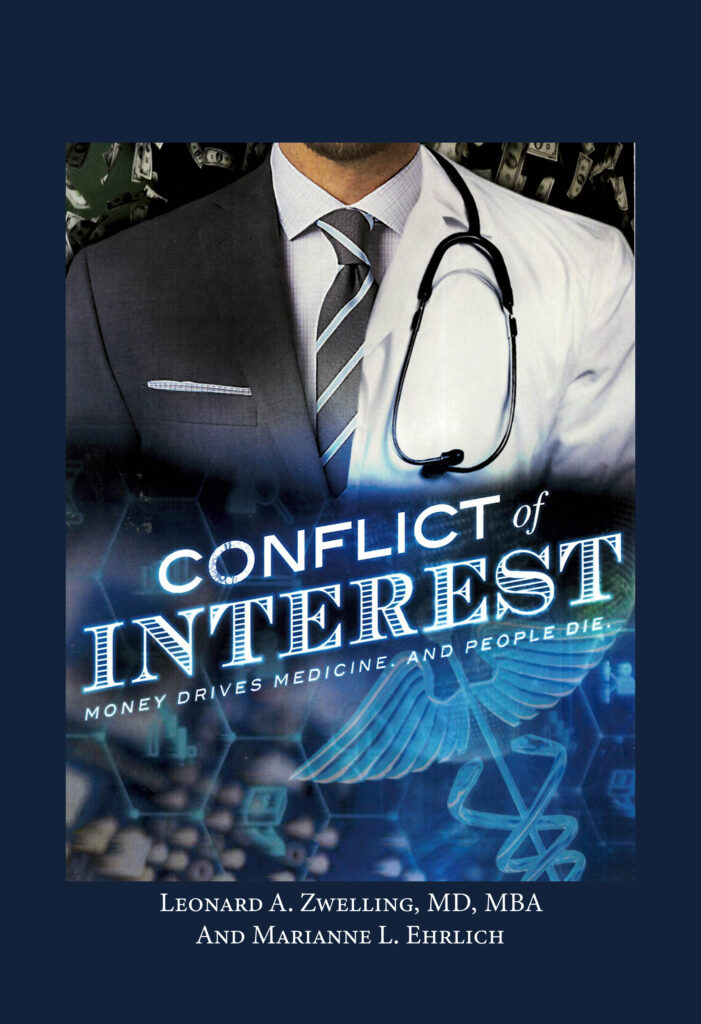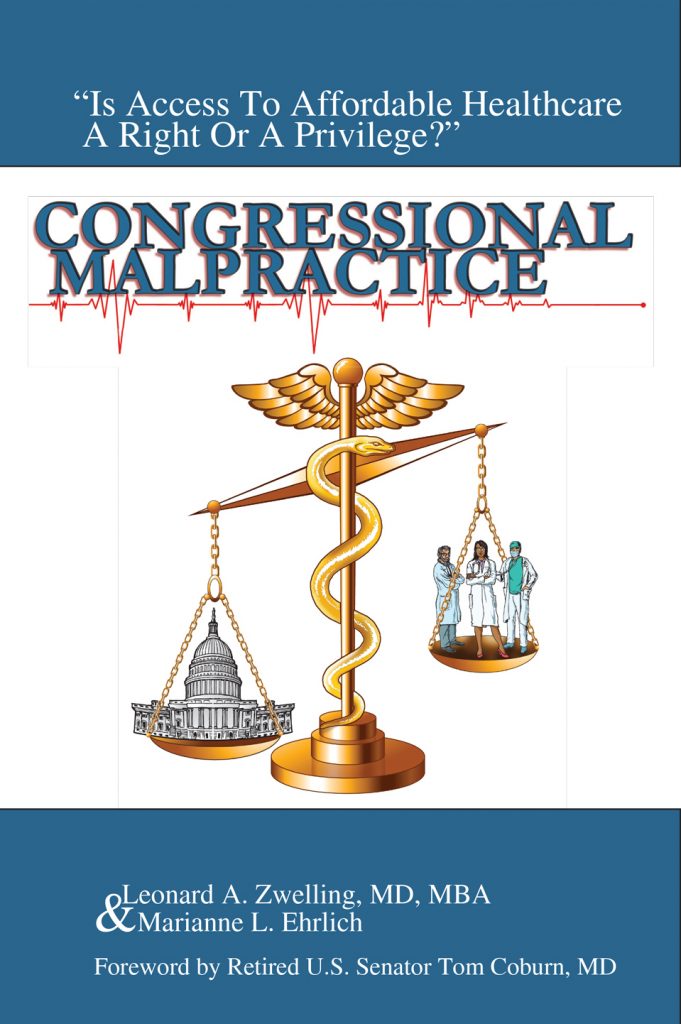Boyz n the Hoodz
By
Leonard Zwelling
Grab
your hard hat and follow me, kids, as we go to ChemistryLand.
This
Magic Kingdom is not in Orlando or even LaLa Land. It’s right here on the South
Campus on the third floor of the building containing the small office that I
will be occupying for a mere three more weeks. At the urging of a close friend
and colleague, I took a self-guided tour of the new space. I am not sure that
any lab work was ever done in it before.
To
the north spreads an entire floor of carpeted offices and halls with beautiful,
crystalline blue glass paneling adorning the walls that are seemingly endless
curved surfaces on which to write great thoughts. These offices face the source
of their support to the north, the clinical campuses.
To
the south is a vast open laboratory area. The east wing is desert-like and barren. I have no
idea what will go in there, but if a spare 747 flies in from Dubai, there is
sufficient parking room if they can get it in the elevator. To the west are row
upon row of chemical hoods. I have been told that there are 62 of them. I
didn’t stop to count as the workmen chased me out due to my lack of hard
hattedness (but not hard headedness).
I
think I just took a tour of a drug company. I suspect this drug company will be
financed by the clinical operation as it surely has no products yet to sell.
Now
the pharmaceutical business is a very cash-intensive one requiring huge upfront
expenditures to turn the product out the door and an innate high degree of
failure between the moment of new compound discovery and the FDA approval of a clinically
useful agent. If my assessment is correct and this is the rubber-meets-the-road
unit of the IACS, somewhere along the line, it will need major investment and a
lot more than $15M per year. My only assumption is that the money will come
from a combination of philanthropy, contracts and clinical revenues. Where else
would we get it?
Of
these three pots, the largest investors are likely to be the leaders of the
clinical services. Thus, I would encourage the clinical faculty to make a site
visit of their most recent investment as soon as possible and hear about the
timeframe described by the pro forma analysis of the cash flows back to the
rest of us once this operation reaches profitability.
What?
You didn’t know MD Anderson had a drug company? Haven’t you been listening to
the President? This was the plan from the beginning. He had a method to speed
up the drug development process because he had a way to prevent the high
failure rate everyone else in the business assumes is the cost of doing
business. Of course, he hasn’t told us what his competitive advantage actually
is, but I am sure once he gets all the space built out, uses all the clinical
revenue to outfit it and hires a leader with a deep track record of success in
cancer drug development, the return on investment should be vast.
That’s
the bet that the Board of Regents has made. Has anyone with a serious knowledge
of this business appraised the plan and the likely return from that business
plan’s pro forma analysis to educate us all on the likelihood that this is a good
idea? If so, I haven’t seen it.
Someone
has to have a fiduciary responsibility for due diligence on this plan and its
likely costs and benefits and what are the contingency plans should the cash
flows not materialize at the time predicted. Someone better or else the entire
UT System and its Board of Regents may be wearing omelet
masks. And around here, that might include red and green sauce, so let’s get
cracking people. What the hell is going on here?





1 thought on “”
Clinical revenue must be used to improve patient care. Let's get that act together before (dare I say it?) we go to the moon!